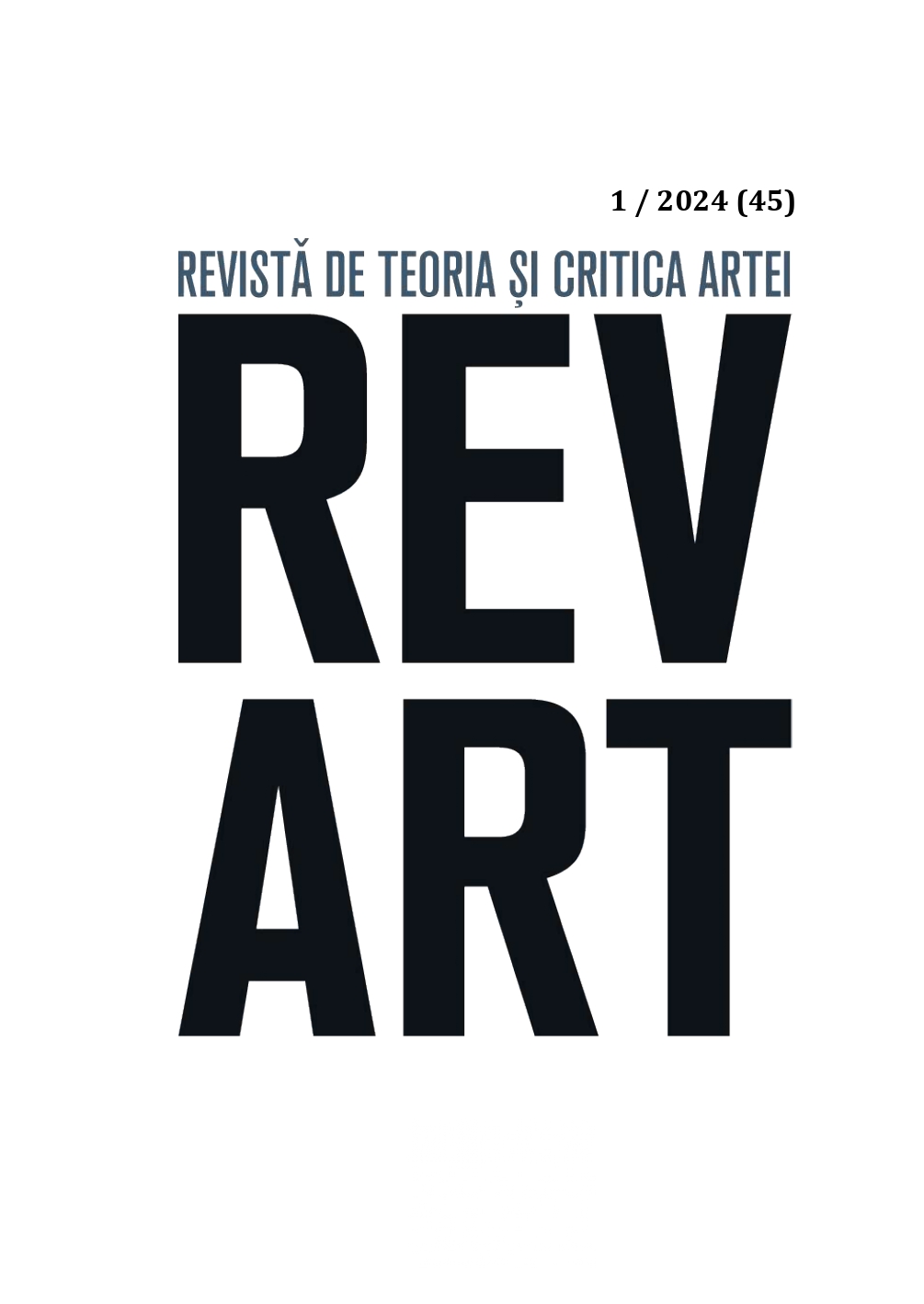ANALIZA UNOR LUCRĂRI DE MANUEL DE FALLA, PRIVITĂ DIN PERSPECTIVA FOLCLORULUI SPANIOL ȘI A ARTEI FLAMENCO I
THE ANALYSIS OF SOME OF MANUEL DE FALLA’S COMPOSITIONS FROM THE PERPECTIVE OF SPANISH FOLKLORE AND FLAMENCO ART I
Author(s): Cornelai - Neli DodanSubject(s): Fine Arts / Performing Arts, Music
Published by: Editura Eurostampa
Keywords: folklore; art; flamenco; cante jondo; acoustic; concept; Spanish;
Summary/Abstract: Choosing this particular approach, the present analysis highlights Manuel de Falla’s stylistic individuality, taking into account his manner of citing and reworking upon the substance of musical material that originates in the Spanish folklore, especially in the Andalusian folklore and flamenco art. This study dwells upon his particular way of working with various cultural elements coming from ancient times and revived by means of specific systems specialized in this area, based on the technique of voice harmonization, a technique he borrowed from his master, Felipe Pedrell, and from the study of the acoustic laws in guitar playing, later on discovered in Louis Lucas’ treaty. Manuel de Falla’s remarkable contribution to the most stylized and personalized structural and ornamental details is visible at the level of all musical parameters: sound, melody, harmony, rhythm, timbre; they encompass all the procedures that regulate the development of musical syntax, without omitting two other very important elements, vital in the flow of musical discourse, such as form and movement. Timbrality will receive a special comment in this study, due to the important part it plays in this composer’s creative process. While viewing them from an analytical perspective, the study focuses on the following compositions: “Four Spanish pieces” for piano (1906-1909) and “Seven Spanish Folksongs” for voice and piano (1914).
Journal: REVART
- Issue Year: 45/2024
- Issue No: 1
- Page Range: 25 - 38
- Page Count: 14
- Language: Romanian
- Content File-PDF

